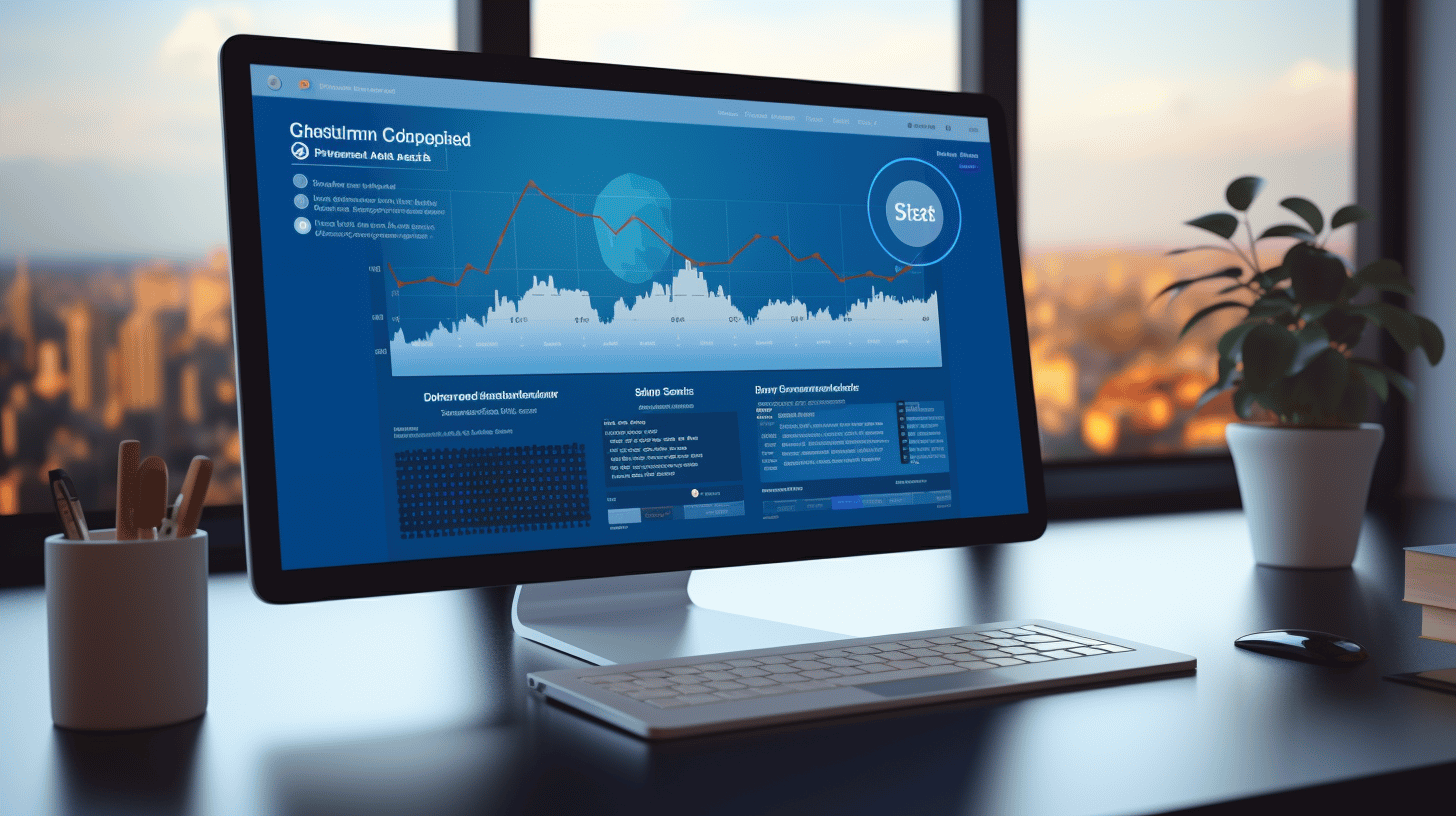
| Plugin Name | Type of Vulnerability | CVE Number | Urgency | CVE Publish Date | Source URL |
|---|---|---|---|---|---|
| WP Import Export Lite | Cross-Site Scripting (XSS) | CVE-2025-5061 | Critical | 2025-08-04 | Link |
Critical WordPress Plugin Vulnerability: WP Import Export Lite Arbitrary File Upload Risk and How to Protect Your Site
In today’s fast-changing WordPress landscape, plugin vulnerabilities remain a serious challenge that website owners must keep on their radar. At Managed-WP, we believe being informed about these security risks is essential to safeguarding your sites.
Recently, a significant vulnerability was identified in the widely installed WP Import Export Lite plugin, affecting versions up to and including 3.9.29. This security flaw permits any authenticated user — even with minimal rights like Subscribers — to upload arbitrary files to your server, opening the door for potential total site compromise.
This post breaks down this vulnerability, its impact on your WordPress site, and practical steps you can take to shield your website effectively.
Understanding the WP Import Export Lite Vulnerability: Authenticated Arbitrary File Upload (CVE-2025-5061)
What Happened?
The WP Import Export Lite plugin provides critical import/export functionality that many WordPress users rely on to manage data efficiently.
However, security researchers discovered a serious flaw in the plugin’s file upload mechanism affecting versions 3.9.29 and earlier. Authenticated users with low-level permissions (Subscribers and above) can exploit this to bypass upload restrictions and submit any file type, including dangerous executable files like PHP shells.
This vulnerability falls under the arbitrary file upload category, listed as an Injection (A1) security risk in the OWASP Top 10.
Why Is This So Dangerous?
Allowing arbitrary file uploads lets attackers plant malicious scripts on your server. Once an attacker uploads a backdoor or malicious executable, they could:
- Remotely execute commands on your server at will.
- Elevate their privileges and explore broader hosting environment access.
- Steal or corrupt confidential data.
- Inject malware or ransomware into your site.
- Attack visitors with drive-by downloads or data theft.
Even a user with only subscriber-level access—typically a low-risk account—can exploit this to cause major damage, effectively breaking your site’s security controls.
Vulnerability Details at a Glance
| Details | Description |
| Affected Plugin | WP Import Export Lite |
| Vulnerable Versions | Versions up to and including 3.9.29 |
| Fixed In | Version 3.9.30 and later |
| Type | Authenticated Arbitrary File Upload |
| Privilege Required | Subscriber or higher (authenticated users) |
| CVSS Score | 9.9 (Critical) |
| OWASP Top 10 Category | A1: Injection |
| CVE Identifier | CVE-2025-5061 |
How Can Attackers Exploit This Risk?
This vulnerability requires that the attacker holds at least subscriber-level access credentials. While this may seem restrictive, many sites allow open registrations, or attackers may compromise legitimate accounts.
With subscriber access, the attacker can exploit the plugin’s insecure upload endpoint to place any file on the server unchecked.
Typical attack payloads include:
- PHP web shells enabling arbitrary command execution.
- Backdoor scripts allowing persistent unauthorized access.
- Malware that can harm site visitors or perform spam injections.
- Files designed to exploit other vulnerabilities in the hosting environment.
The result is often complete site takeover, data exposure, SEO damage, and extensive operational disruptions.
Signs Your Site Might Be Compromised
If your WordPress installation uses WP Import Export Lite within vulnerable versions, watch for these red flags:
- Unexpected files or folders appearing in your WordPress directories.
- Unexplained surges in server resource usage or traffic anomalies.
- Homepage tampering or strange redirects.
- Drops in search engine rankings without clear cause.
- Creation of mysterious admin-level accounts or unexpected privilege changes.
- Import/export features malfunctioning unexpectedly.
spotting any signs warrants prompt investigation.
Steps to Secure Your WordPress Site
1. Update the Plugin Immediately
Ensure WP Import Export Lite is updated to version 3.9.30 or above without delay. The plugin’s developers have patched this critical bug, so keeping it current is your first and most vital defense.
2. Audit and Restrict User Permissions
Review your site’s user roles and restrict permissions:
- Limit new user registrations or assign very limited default roles.
- Regularly delete inactive or suspicious accounts.
- Implement email verification or manual admin approval for new subscribers.
3. Strengthen File Upload Controls
Where file uploads are allowed by plugins or themes, ensure:
- Strict validation and sanitization of uploaded files.
- Use of nonce checks and capability enforcement.
- Uploads stored outside of the public webroot with execution disabled.
4. Deploy a WordPress-Specific Firewall
Integrate a managed Web Application Firewall (WAF) built specifically for WordPress to:
- Block known exploit attempts automatically.
- Detect and restrict suspicious upload behavior.
- Mitigate OWASP Top 10 threats including arbitrary uploads.
- Offer virtual patching to protect before official fixes are implemented.
5. Use Reliable Malware Scanning Services
Run comprehensive malware scans using independent and professional tools to detect any injected files or malicious code segments that plugin scanners may miss.
What Is Virtual Patching and Why It Matters
There is often a gap between vulnerability discovery and patch deployment. To close this risk window, virtual patching provides an extra layer of defense by intercepting malicious requests aimed at vulnerable plugins before they execute any harmful code.
In larger WordPress setups managed by teams like Managed-WP, virtual patching:
- Keeps sites protected even when patching lags behind.
- Works hand-in-hand with firewalls to deliver real-time protection.
- Reduces attack surface by blocking exploits at the HTTP request level.
This approach acts as an immediate security shield, preventing compromise with zero downtime.
Why Your WordPress Site Is Always a Target
Automated attackers and bots are constantly scanning for WordPress sites with outdated plugins, themes, or core files. Because of its popularity, WordPress remains a top target regardless of site size.
Once a vulnerability is made public, attackers quickly mobilize to exploit it before patches are applied widely.
Being proactive and well-informed is essential to keep your site safe.
What to Do If Your Site Is Already Compromised
If you suspect your site has been breached via this vulnerability or others, consider the following steps immediately:
- Contact your hosting provider for server-side malware scanning.
- Engage professional WordPress incident response and cleanup services.
- Avoid depending solely on WordPress plugin-based malware removal tools.
- Identify and close any exploited vulnerabilities.
- Reset all passwords and audit user permissions thoroughly.
Full recovery may require additional database cleaning, code inspection, and reinstalling plugins from trusted sources.
Stay Ahead With Continuous Security Monitoring
Security is an ongoing effort, involving:
- Following vulnerability announcements and patches diligently.
- Regularly updating WordPress core, themes, and plugins.
- Monitoring access logs and user activity for unusual patterns.
- Keeping backups and emergency plans ready.
Protect Your WordPress Site Today With Managed-WP’s Firewall Solutions
For website owners and administrators wanting to stay secure with minimal hassle, Managed-WP’s security plans provide robust protection designed for WordPress environments:
Why Choose Managed-WP’s Security Services?
- Managed Firewall tailored for WordPress, blocking attacks before they hit your server.
- Unlimited bandwidth handling protection even during traffic surges.
- Advanced ruleset WAF detecting and blocking OWASP Top 10 risks including file upload attacks.
- Integrated malware scanning that doesn’t slow your site.
- Easy setup and no-cost starter options to get you protected immediately.
No matter your site’s scale, Managed-WP offers a critical foundation on which to build more advanced security, including virtual patching and hands-on managed services.
Begin securing your WordPress site today:
Explore Managed-WP Security Plans
Final Thoughts
Security flaws like those found in WP Import Export Lite reveal a tough truth: even trusted plugins can unexpectedly expose your site to danger. But with proper awareness, immediate action, and the right security tools, you can greatly reduce these risks.
- Update vulnerable plugins right away.
- Limit and review WordPress user permissions carefully.
- Leverage a tailored WordPress firewall with virtual patching.
- Regularly scan for malware and respond promptly to anomalies.
By taking these precautions, you protect your website’s integrity, your visitors’ security, and your peace of mind.
Stay vigilant, stay secure, and keep your WordPress sites safe with Managed-WP.

















